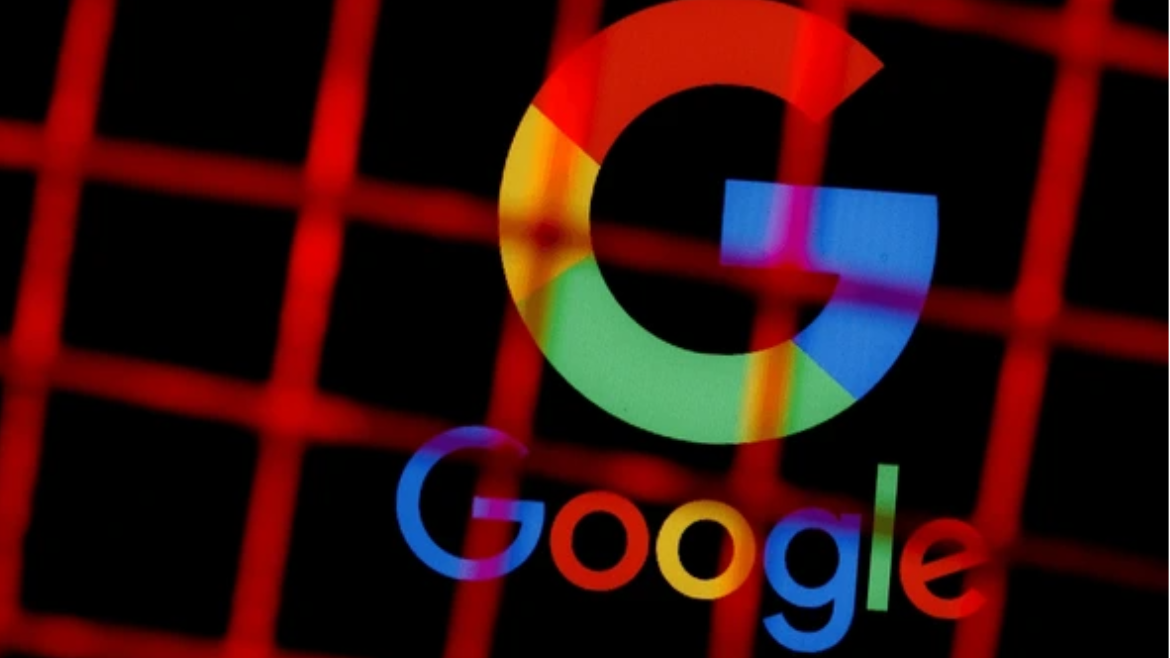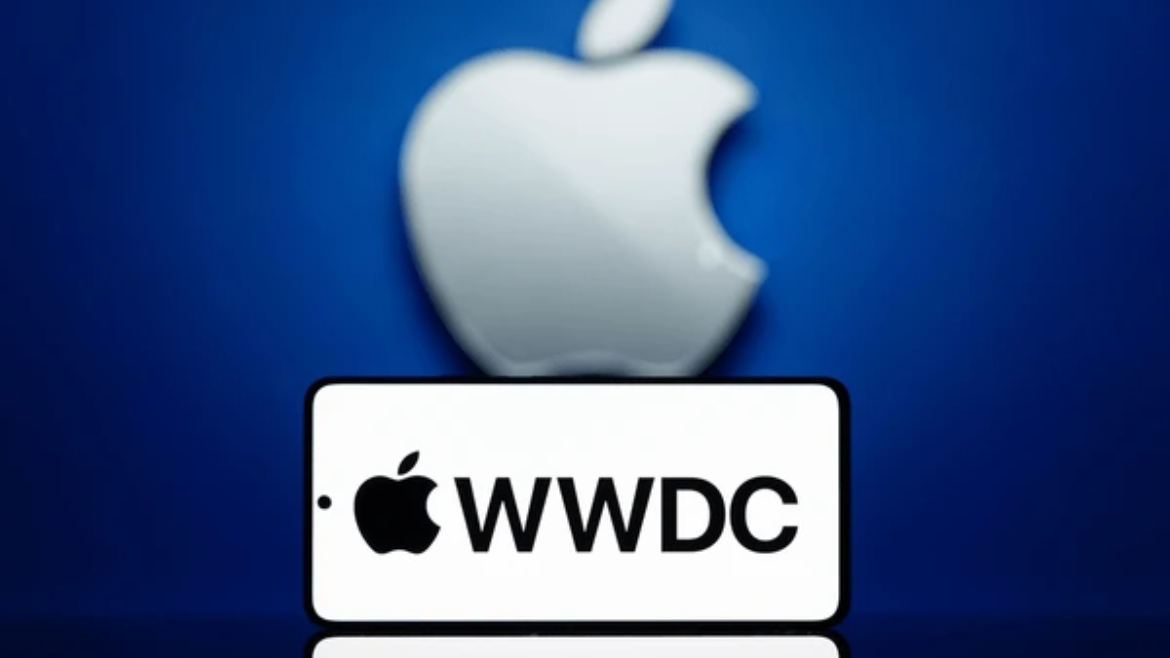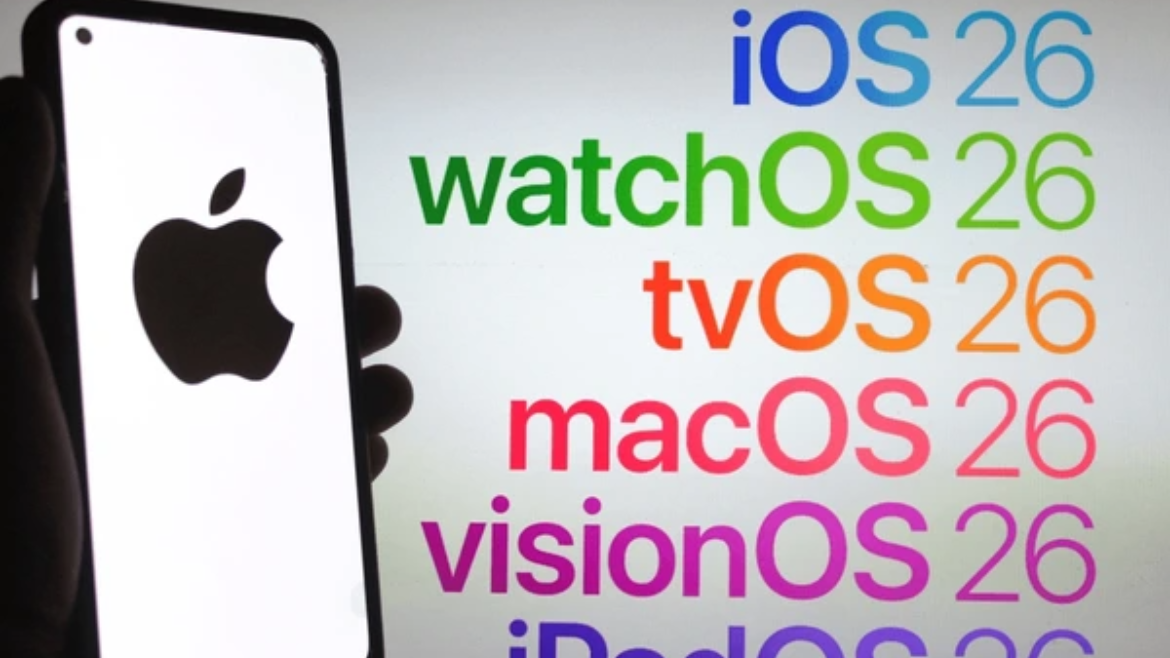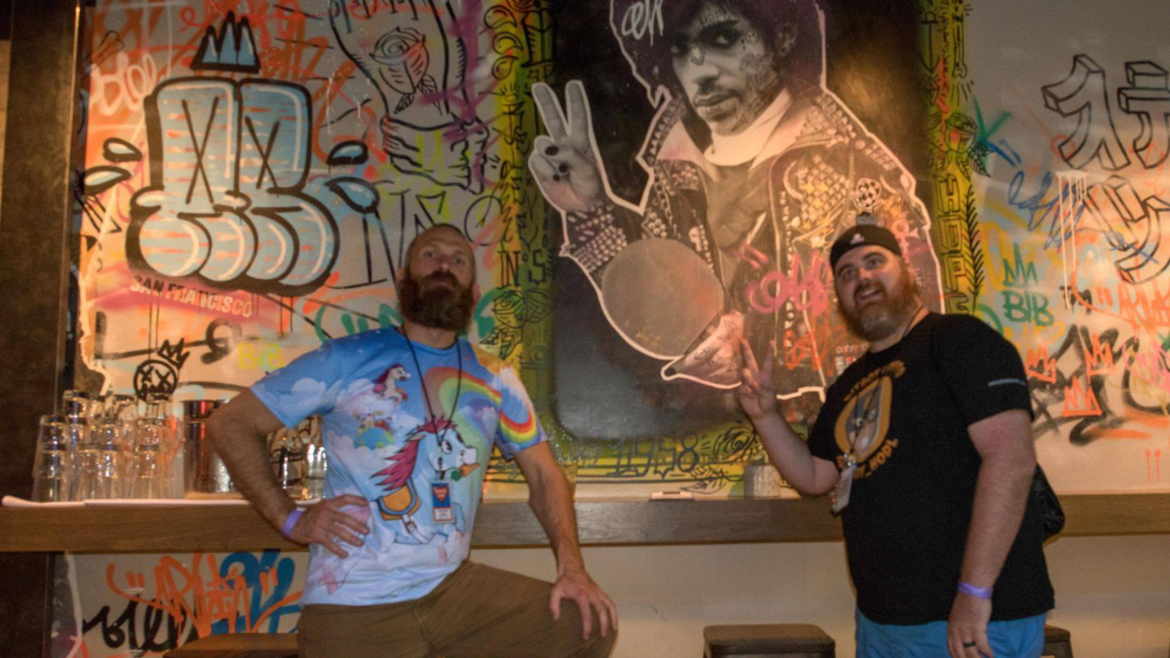Introduction
In today’s digital landscape, video content has become the dominant force across social media platforms. With billions of videos uploaded and viewed daily, understanding how different platforms count video views has become crucial for content creators, marketers, and businesses looking to measure their success accurately. However, what seems like a simple metric—a “view”—is actually far more complex than most people realize.
The Complexity Behind a Simple Number
The concept of counting video views might appear straightforward, but each social media platform has developed its own unique methodology for determining what constitutes a legitimate view. These differences aren’t arbitrary; they reflect each platform’s specific goals, user behavior patterns, and technical capabilities.
The variation in view counting methods creates both opportunities and challenges for content creators. While some platforms make it easier to accumulate high view numbers, others require more substantial viewer engagement before counting a view. Understanding these nuances is essential for accurately interpreting your content’s performance and developing effective video marketing strategies.
The Great Standardization Shift
1. Meta’s Revolutionary Change
In 2024, Meta announced a transformative change that significantly altered the social media landscape. Previously, Facebook counted video views after users watched for at least three seconds. However, Meta updated their methodology to align with their Reels format, now counting views from the moment a video begins playing—essentially adopting a one-second threshold.
This change represents more than just a technical update; it signals a broader industry trend toward standardization. With this adjustment, nearly every major social media platform has adopted a similar approach, counting video views after just one second of viewing.
2. The New Industry Standard
Today’s social media landscape shows remarkable consistency in view-counting methods. The vast majority of platforms now use the one-second rule, with only a few notable exceptions:
LinkedIn remains the primary holdout, requiring two seconds of viewing with at least 50% of the video visible on screen before counting a view. YouTube maintains its traditional approach for regular content, requiring 30 seconds of intentional viewing, though YouTube Shorts follow the one-second standard.
Platform-by-Platform Breakdown
1. YouTube: The Gold Standard for Engagement
YouTube’s approach to view counting stands apart from other platforms due to its emphasis on genuine viewer engagement. For regular YouTube videos, a view is only counted when a user intentionally initiates watching and continues for at least 30 seconds. This threshold ensures that views represent meaningful engagement rather than accidental or automated plays.
YouTube’s Verification Process
YouTube employs sophisticated algorithms to verify that views come from real people rather than bots. The platform uses several criteria to validate views:
The user must intentionally start the video, meaning autoplay views from embedded players typically don't count.
Multiple views from the same user are limited—experts believe YouTube stops counting additional views after four or five in a single day.
Views must follow realistic viewing patterns, and YouTube’s algorithm can detect and filter out suspicious bot activity.
YouTube Shorts: Adapting to Short-Form Content
Recognizing the different nature of short-form content, YouTube applies the one-second rule to YouTube Shorts. This adaptation acknowledges that shorter videos require different engagement metrics and viewing patterns compared to traditional long-form content.
2. Facebook: From Conservative to Liberal
Facebook’s journey in view counting reflects the platform’s evolution from a text-based social network to a video-first platform. Originally, Facebook required three seconds of viewing before counting a view. The platform has since updated its approach, particularly for Reels content.
Current Facebook Methodology
Facebook now counts views at one second for Reels content, while maintaining different standards for various video types. The platform considers several factors:
Autoplay videos count toward view totals, making it easier to accumulate high numbers.
Multiple views from the same person are counted as separate views, provided each viewing meets the minimum threshold.
The platform tracks additional metrics like 10-second views and completion rates for advertisers seeking more meaningful engagement data.
3. Instagram: Balancing Reach and Engagement
Instagram’s approach varies depending on the type of video content. For traditional Instagram videos, the platform requires three seconds of viewing. However, Instagram Reels follow the one-second standard, aligning with the broader industry trend toward shorter attention spans and faster content consumption.
Instagram’s Unique Considerations
Instagram’s view-counting methodology takes into account the platform’s visual-first nature:
Stories are counted differently, with each view representing an impression rather than extended engagement.
Reels benefit from the platform’s algorithm, which can help content go viral even from accounts with smaller followings.
The platform provides creators with detailed insights, including reach metrics and engagement patterns.
4. TikTok: Instant Gratification
TikTok has perhaps the most liberal view counting system among major platforms. The platform counts a view as soon as a video starts playing in someone’s feed. This approach reflects TikTok’s focus on rapid content consumption and its algorithmic feed that automatically plays videos.
TikTok’s Algorithm Advantage
TikTok’s unique algorithm and view-counting system create several advantages for content creators:
The low barrier for view counting can quickly generate impressive numbers.
The platform’s algorithm can help videos go viral regardless of the creator’s follower count.
Each time a video loops, it counts as an additional view, potentially inflating numbers for engaging short-form content.
5. X (Formerly Twitter): Measuring Impressions
X takes a different approach to video view counting, requiring two seconds of viewing with at least 50% of the video visible on screen. However, the platform’s current “views” metric actually measures tweet impressions rather than true video views.
Understanding X’s Metrics
X’s approach to video metrics has evolved significantly:
The platform displays view counts for most posts, but these represent overall post impressions rather than video-specific engagement.
Multiple views from the same user are counted, and even the author’s own views contribute to the total.
Embedded posts don’t contribute to view counts.
6. LinkedIn: Professional Standards
LinkedIn maintains higher standards for view counting, requiring two or more continuous seconds of playback while the video is at least 50% visible on screen. This approach reflects the platform’s professional focus and emphasis on meaningful business content engagement.
LinkedIn’s Business-Focused Metrics
LinkedIn provides three key video metrics for creators:
Video views (meeting the two-second threshold), total watch time, and average watch time.
The platform’s algorithm prioritizes content from users’ professional networks.
Early data suggests LinkedIn users spend more time watching video content compared to other platforms.
7. Snapchat: Instant Counting
Snapchat counts views almost instantly, as soon as a video starts playing. For Snapchat Stories, views are essentially impressions, counted even if users quickly swipe away.
Factors That Influence View Counting
1. Autoplay Functionality
Most modern social media platforms employ autoplay features that automatically start videos when they appear in users’ feeds. The treatment of autoplay views varies significantly across platforms:
Facebook, Instagram, TikTok, and most other platforms count autoplay views toward total counts.
YouTube specifically excludes autoplay views for regular content, requiring intentional user interaction.
This difference explains why some platforms show dramatically higher view counts than others for similar content.
2. Visibility Requirements
Many platforms have implemented visibility thresholds to ensure views represent genuine exposure to content:
LinkedIn and X require at least 50% of the video to be visible on screen.
Instagram and Snapchat typically require 100% visibility.
Facebook uses different standards for desktop (100%) versus mobile (50%) viewing.
3. Repeat Viewing Policies
Platforms handle repeat views differently, which can significantly impact total view counts:
YouTube limits repeat views from the same user to prevent artificial inflation.
Most other platforms count multiple views from the same user without restrictions.
Some platforms weigh views differently based on the viewer’s engagement history and behavior patterns.
The Impact of Different Counting Methods
1. Marketing and ROI Implications
Understanding view counting differences is crucial for marketers calculating return on investment. A campaign showing 100,000 views on TikTok (one-second threshold) represents very different engagement than 100,000 views on YouTube (30-second threshold). This distinction affects how advertisers budget and measure campaign success.
2. Content Strategy Considerations
Different view-counting methods should influence content strategy decisions. Platforms with stricter view requirements reward creators who focus on hook creation and retention optimization. Meanwhile, platforms with liberal views may favor quantity and viral potential over sustained engagement.
3. Cross-Platform Performance Analysis
When analyzing content performance across multiple platforms, creators must account for these methodological differences. A video with one million views on Facebook might represent less engaged viewership than a video with 100,000 views on YouTube, depending on the audience and content quality.
Why View Counting Matters Beyond Vanity Metrics
1. Algorithm Influence
View counts significantly impact how platform algorithms distribute content. Higher view counts can trigger algorithmic boosts, leading to increased organic reach. However, platforms increasingly consider engagement quality alongside quantity when making distribution decisions.
2. Monetization Opportunities
For creators seeking monetization, understanding view counting becomes critical for revenue optimization. YouTube’s AdSense program, for example, requires legitimate views that meet its 30-second threshold for ad revenue generation. Other platforms may have different requirements for monetization eligibility.
3. Audience Insights
Beyond the numbers, view counts provide valuable insights into audience behavior and content effectiveness. Creators can use view retention analytics to understand which content resonates and optimize future productions accordingly.
Best Practices for Maximizing Views Across Platforms
1. Platform-Specific Optimization
Each platform’s unique view-counting method suggests different optimization strategies:
For YouTube, focus on creating compelling hooks within the first 30 seconds and maintaining viewer retention throughout the video.
For TikTok and Instagram Reels, prioritize immediate visual impact and loop-worthy content that encourages repeated viewing.
For LinkedIn, create professional content that encourages longer viewing sessions and meaningful engagement.
2. Content Quality Over Quantity
While some platforms make it easier to accumulate views, sustainable success requires focusing on content quality and genuine audience engagement. High-quality content performs better regardless of the platform’s view-counting methodology.
3. Cross-Platform Strategy
Develop content strategies that account for each platform’s unique characteristics while maintaining consistent brand messaging. Tailor content length, style, and optimization techniques to match each platform’s view-counting requirements and user expectations.
The Future of Video View Counting
1. Emerging Trends
The social media landscape continues evolving, with platforms regularly updating their methodologies to better serve users and advertisers. Recent trends suggest a move toward more sophisticated metrics that consider engagement quality alongside view quantity.
2. Technology Advancements
Advances in artificial intelligence and machine learning are enabling more sophisticated view validation systems. Future platforms may implement even more nuanced approaches to distinguishing between meaningful engagement and superficial interactions.
3. Industry Standardization
While significant differences remain between platforms, the general trend toward one-second view counting suggests the industry may continue moving toward greater standardization. However, platforms will likely maintain unique approaches that reflect their specific user bases and content types.
Frequently Asked Questions
Do my own views count toward my video’s total?
This varies by platform. YouTube counts your own views but limits them to prevent artificial inflation, typically allowing only 3-4 self-views per day. Most other platforms, including Facebook and Instagram, count your own views without restrictions.
Why do autoplay views count on some platforms but not others?
Platform philosophies differ regarding user intent. YouTube prioritizes intentional viewing, believing this represents higher-quality engagement. Other platforms view autoplay as legitimate exposure, especially given users’ control over their feeds and the ability to scroll past unwanted content.
How do embedded videos affect view counts?
Embedded videos generally receive different treatment than native platform viewing. YouTube specifically states that autoplay embedded videos don’t count toward view totals. Other platforms may count embedded views differently or exclude them entirely from certain metrics.
Can bots artificially inflate view counts?
All major platforms employ sophisticated bot detection systems to prevent artificial view inflation. However, the effectiveness varies, and determined bad actors may still find ways to manipulate metrics temporarily before detection and removal.
Why do view counts sometimes freeze or decrease?
Platforms regularly audit view counts to remove invalid traffic, bot views, and other non-legitimate interactions. This process can cause temporary freezes or decreases in view counts as the system validates engagement authenticity.
How important are views compared to other engagement metrics?
While views provide valuable insights into content reach, most platforms increasingly emphasize engagement quality metrics like watch time, retention rate, and meaningful interactions. Successful content strategies balance view optimization with deeper engagement goals.
Disclaimer
Powered by advanced AI tools and comprehensive research, this article aims to clarify your questions and deepen your understanding. All information has been carefully validated for accuracy and practicality. We are dedicated to providing you with content that informs, inspires, and empowers.
Thank you for reading—keep learning and discovering!














0 Comments